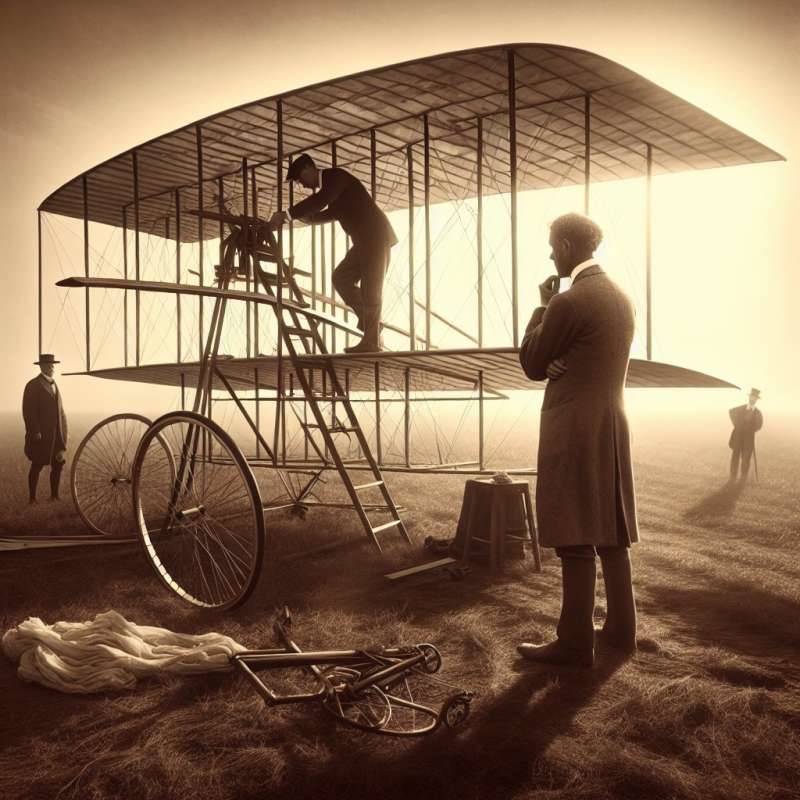
Early Aviation Pioneers
Aviation's infancy featured visionaries like the Wright brothers, who achieved the first powered flight in 1903. Surprisingly, they used bicycle parts to build their plane, the Wright Flyer, harnessing the principles of aerodynamics.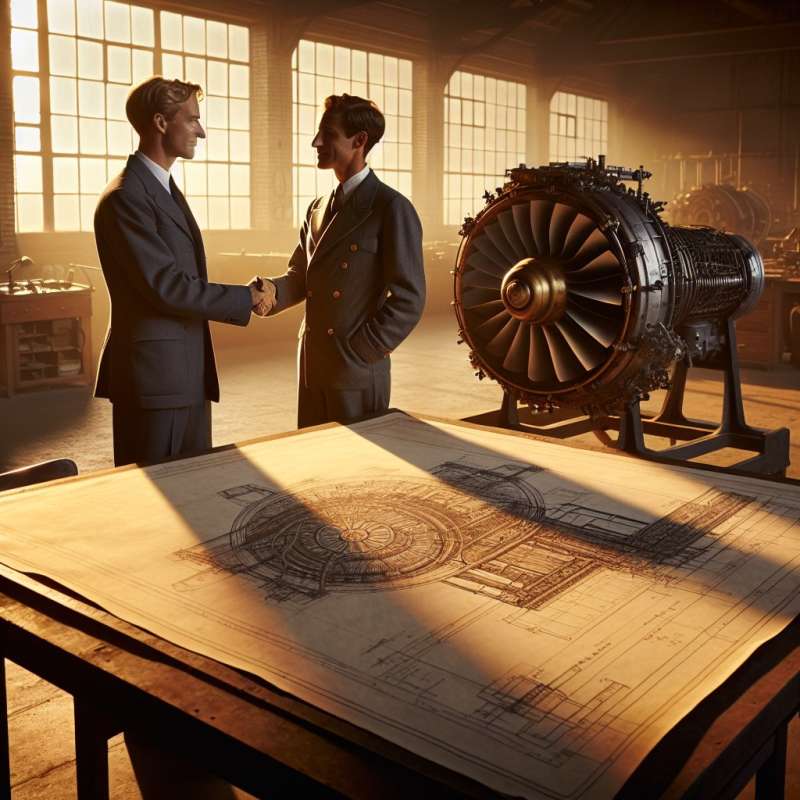
Jet Engine Revolution
The invention of the jet engine in the 1930s by Frank Whittle and Hans von Ohain independently revolutionized air travel, allowing for faster and higher flights. The first jet aircraft was the Heinkel He 178.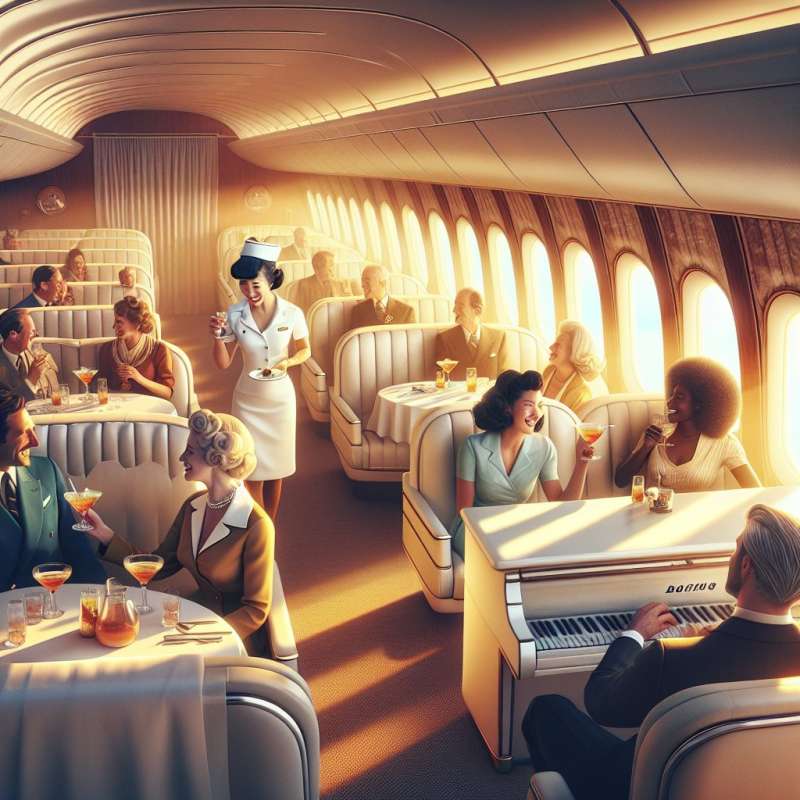
Jumbo Jet Impact
The Boeing 747, a cultural icon and the first wide-body airplane, debuted in 1969. It was nicknamed 'Queen of the Skies' and surprisingly could house a lounge or even a piano bar in its upper deck.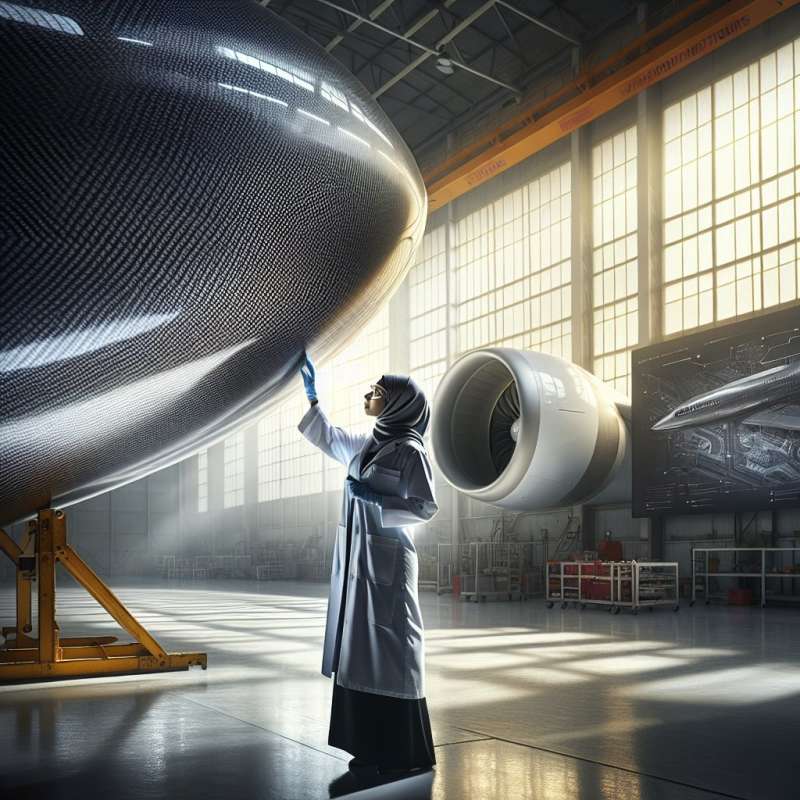
Composite Materials Usage
Modern aircraft extensively use composite materials like carbon fiber. These materials are lighter and stronger than traditional aluminum, leading to fuel efficiency improvements and reduced environmental impact.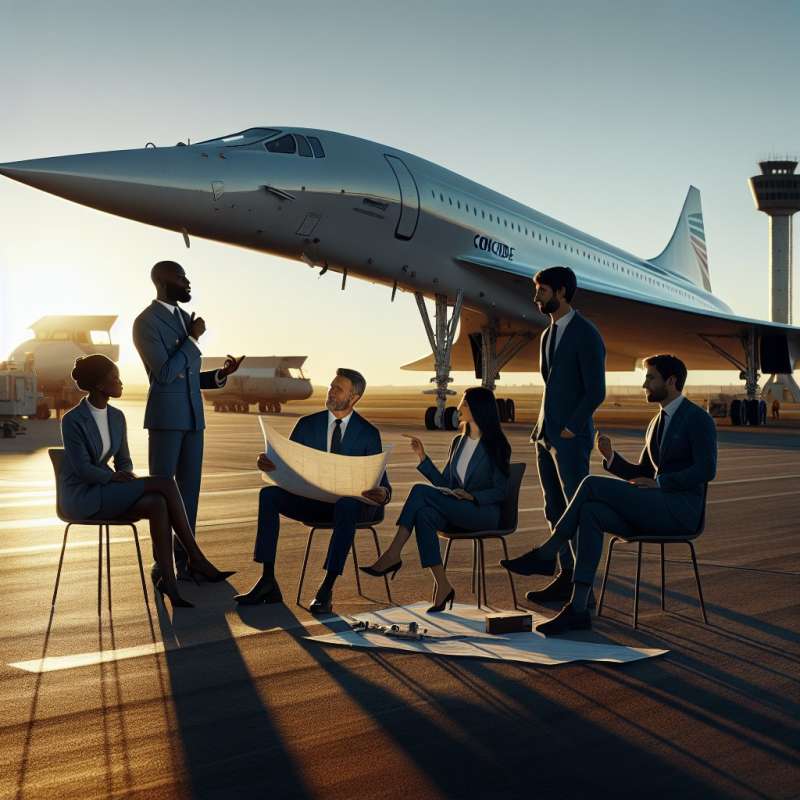
Supersonic Flight Challenges
Concorde, the supersonic passenger jet, could cross the Atlantic in under 3 hours. However, high operational costs and the loud sonic boom led to its retirement, highlighting the challenges of supersonic travel.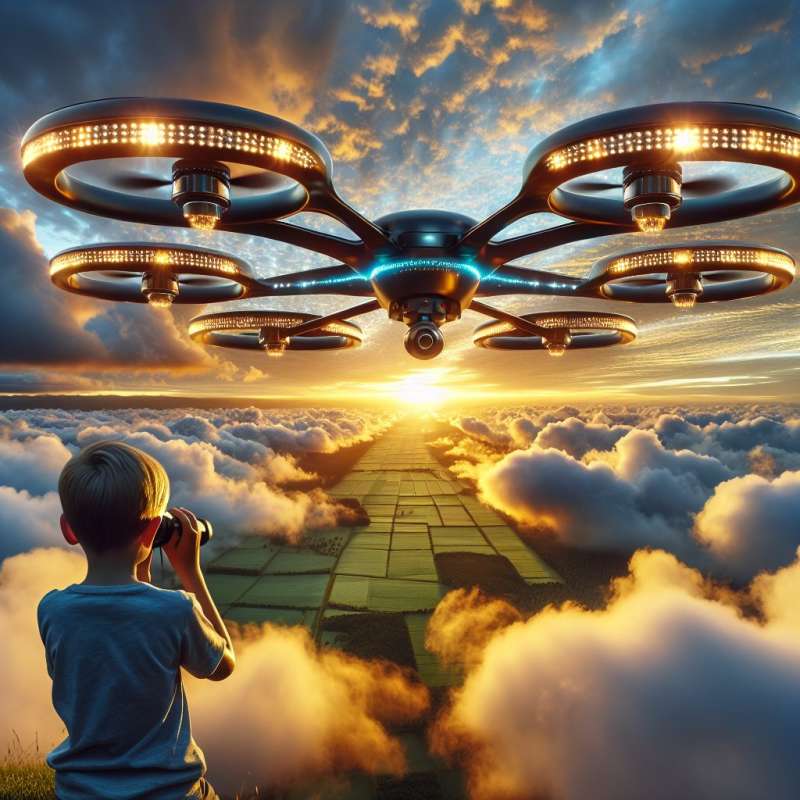
Autonomous Aircraft Horizon
Unmanned Aerial Vehicles (UAVs) are paving the way for autonomous passenger planes. Advances in AI and machine learning could enable pilotless flights, potentially transforming the aviation industry yet again.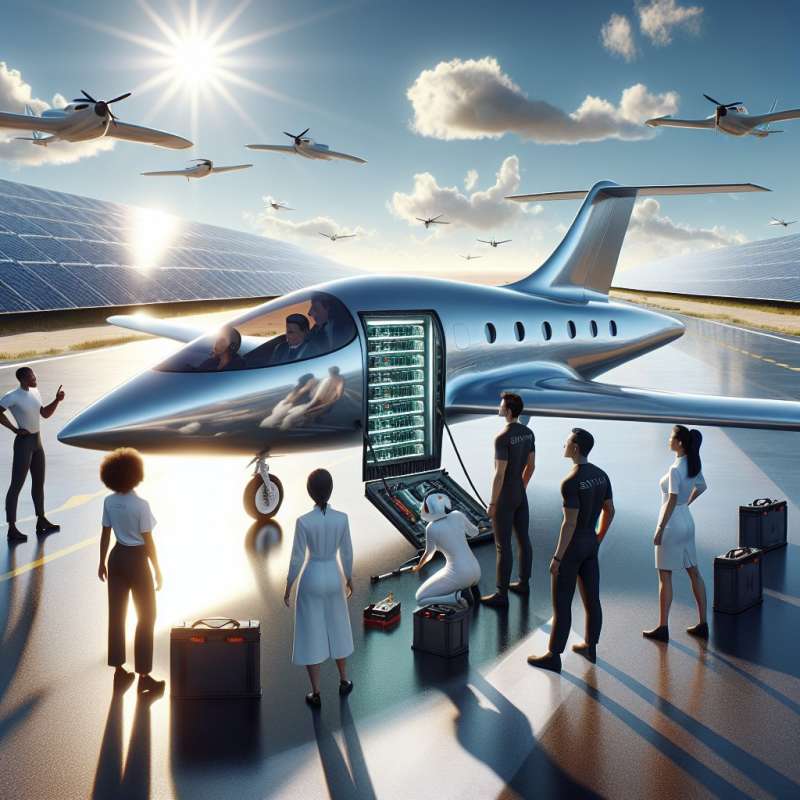
Electric Planes Emerging
Electric planes are on the horizon, promising eco-friendly travel. Companies are developing battery-powered aircraft aimed at reducing carbon emissions, with some already conducting successful test flights.
Who achieved first powered flight?
Frank Whittle and Hans
Wright brothers
Boeing engineers
Company